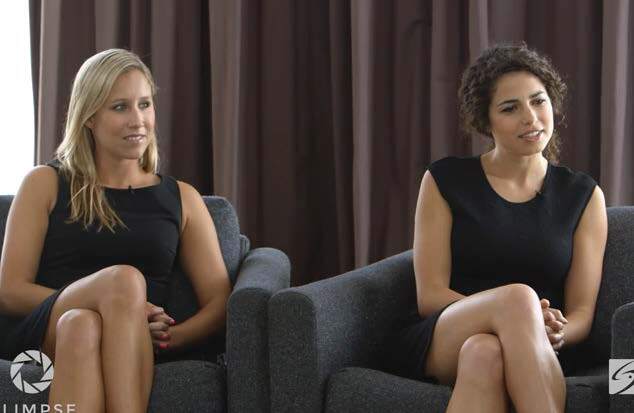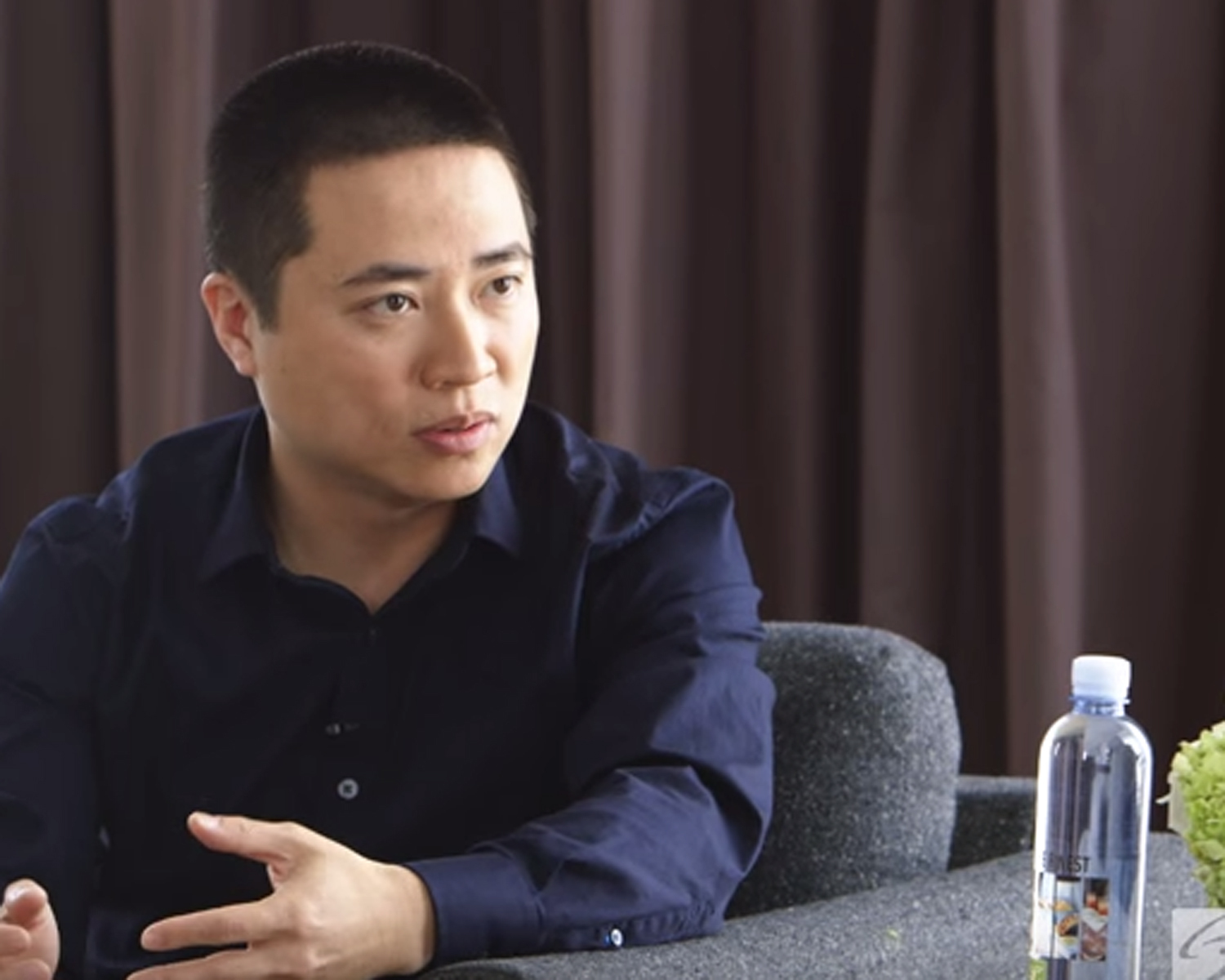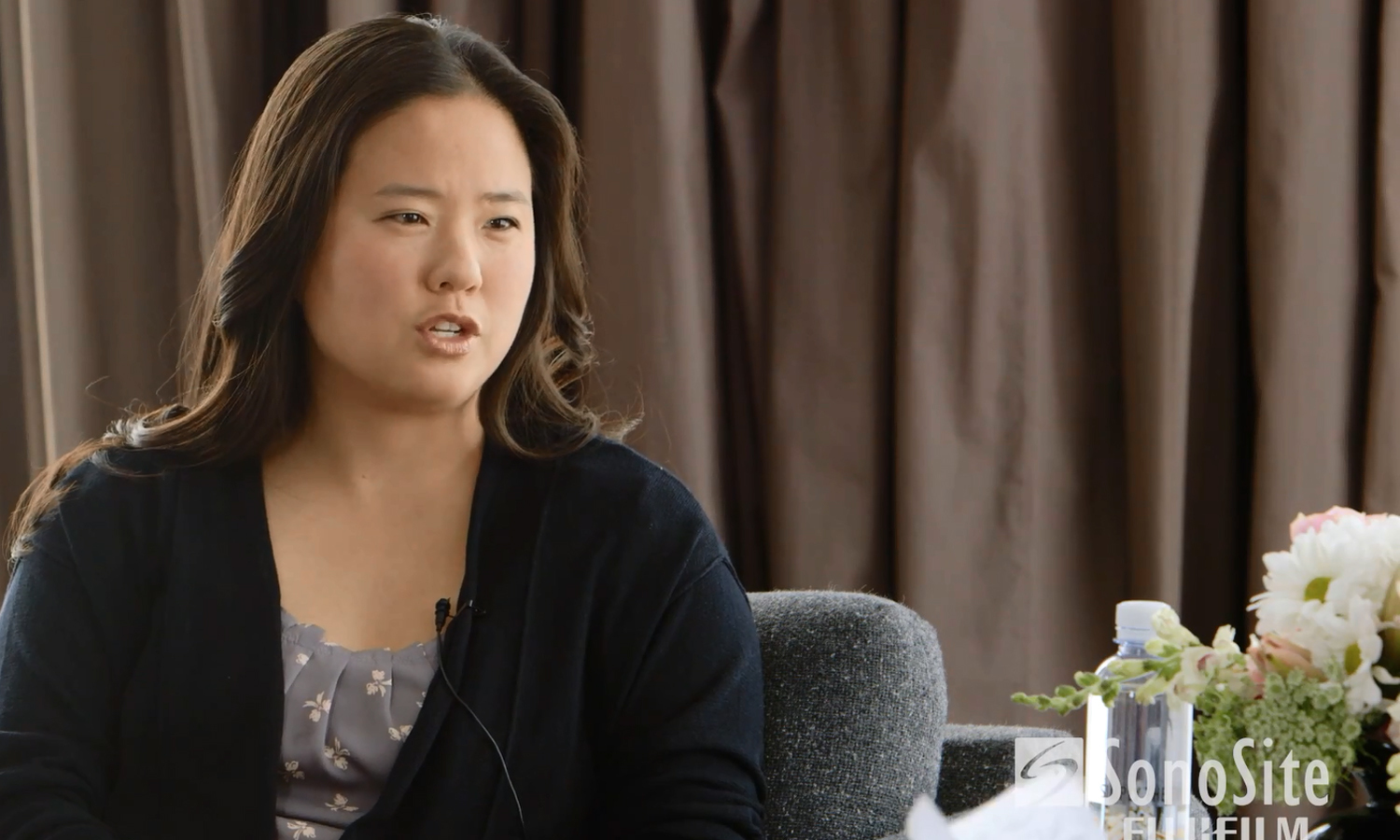$330 Million Risk: What Boards Should Know

In his article that advises American Hospital Association member trustees, Rodney Hockman, MD warns that hundreds of hospitals are likely to be penalized by Medicare for patient injuries under the Hospital-Acquired Condition (HAC) Reduction Program starting in October 2014. He points out that each penalized hospital stands to lose nearly $434,000 in Medicare reimbursements on average, with large hospital systems and those with a high volume of Medicare payments potentially facing much greater losses should they provide unsafe care.
Dr. Hochman points to institutions using a bundle of best practices to address this, including 353-bed White Memorial Hospital, part of the Adventist Health System in Los Angeles, to eliminate two of the serious complications used to determine penalties under Medicare’s HAC Reduction Program: pneumothorax and central line-associated bloodstream infections (CLABSIs). Both conditions are now included on AHRQ’s list of patient safety indicators.





